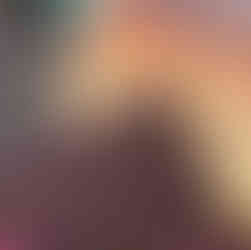Waterlines
- David Joyner
- Jun 10, 2023
- 1 min read
Updated: Jun 14, 2023
In 2005 after Katrina flooded most of New Orleans, it took time for the water to recede. It was even longer for people to return and begin the process of cleaning up and rebuilding homes and lives. The City was covered with a thick coating of muck, an oily film. It was a crusty residue that cast a once vibrant city in grays and browns. Striations that marked everything and like strange tree rings revealed the all too slow decrease in the water level. I was fascinated by these lines. They were marks of destruction, and yet compelling. Or, more accurately, sublime. They were ubiquitous reminders of a devastation that could be measured. "Here, the water was this high." In an effort to somehow grapple with this enormity, I began to see it as an aesthetic phenomenon. Waterlines emerged as an exploration process and ultimately a series that I am still exploring 18 years later. They vary in size and medium, and employ poly-chromatic horizontal lines that echo the water or, more precisely, debris lines that covered 80% of the buildings in New Orleans. I use the modern color theory of Seurat and the Post Impressionists to create compositions of mostly vibrant colors. The density of lines causes subtle optic vibrations in the deceptively simple works. The motif of horizontal lines, though repetitive in format, vary in weight, opacity, character, hue, saturation, and medium. Though the goal is currently to create a series that is unified and evocative to the viewer, it evolved from a desire to transform the artifacts and residuals of destruction into something hopefully uplifting and beautiful.














Comments